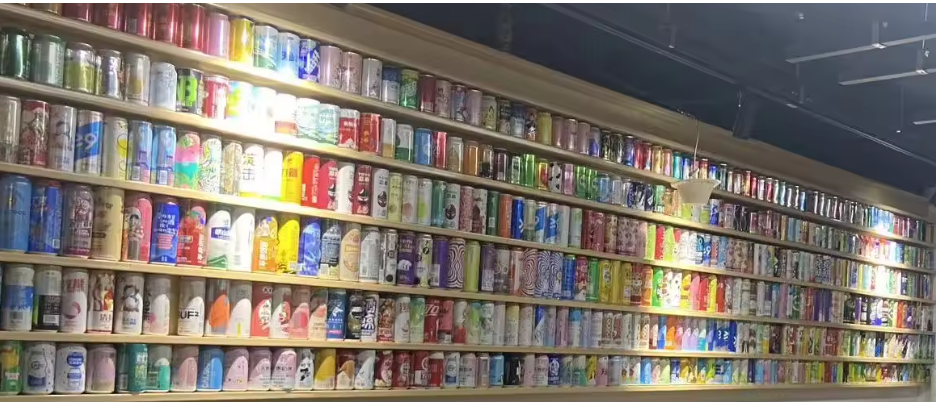Under the background of the “double carbon” goal proposed by the state and the promotion of strict economy, agricultural and food enterprises have developed from meeting food safety requirements in the past to pursuing a new stage of green sustainable development, and “zero carbon vegetables”, “zero carbon milk” and “zero carbon factories” have become the best evidence of “green food safety”.
In the food industry, the energy saving and carbon reduction of metal packaging materials for food contact is a particularly important part of the carbon reduction program in the food and beverage industry chain.
How does the food industry take the “double carbon” road, metal packaging is one of the most important
Food contact with metal packaging containers, the number of large base, rapid growth. According to statistics, in 2020, the annual output of aluminum cans in China is about 47 billion cans, and the consumption of primary aluminum is about 720,000 tons. The can beverage industry predicts an average compound growth rate of 5% in the next five years, and the number of beverage cans in 2025 is about 60 billion. According to the average 14 grams of each empty can, by 2025, the number of waste cans produced in the beer and beverage industry in China will be about 820,000 tons.
What is worrying is that although the recycling rate of waste aluminum cans is more than 90%, the original utilization rate is almost 0, and all are downgraded to non-food contact areas, such as aluminum alloy doors and Windows; The comprehensive recycling of steel cans (such as infant milk powder cans) has not yet been achieved, and the original level of recycling is 0.
Primary reuse has less carbon emissions than degraded reuse. Taking aluminum cans as an example, after the calculation and comparison of the carbon emission of the whole life cycle of the product, the carbon emission of recycled aluminum for casting in China is 3.6 times that of recycled aluminum for the original grade of aluminum cans, and the carbon emission of raw aluminum for making cans is 8.7 times that of the original grade.Jinan Erjin with many years of export experience, the average annual export volume of aluminum cans reached 10 billion.
[vide o width="1906" height="1080" mp4="https://www.erjinpack.com/uploads/4月22日1.mp4"][/video]
o width="1906" height="1080" mp4="https://www.erjinpack.com/uploads/4月22日1.mp4"][/video]
Taking science and technology as the core, co-prosperity with ecology “is the value we have been adhering to, always put green development in the core position, advocate the establishment of metal packaging sustainable development alliance, and vigorously promote the recycling of metal packaging waste circular economy development; We attach great importance to energy conservation, emission reduction and efficient use of resources, research and development of environmentally friendly materials, and carry out projects such as material thinning, new metal material development, metal packaging upcycling and recycling technology development, leading China’s metal packaging to move forward in the direction of green and environmental protection. Unite with local governments, customers and suppliers to achieve a “Can to Can” cycle in the field of metal packaging recycling and recycling, and effectively serve the low-carbon green transformation of local governments and corporate customers.
Post time: May-04-2024






